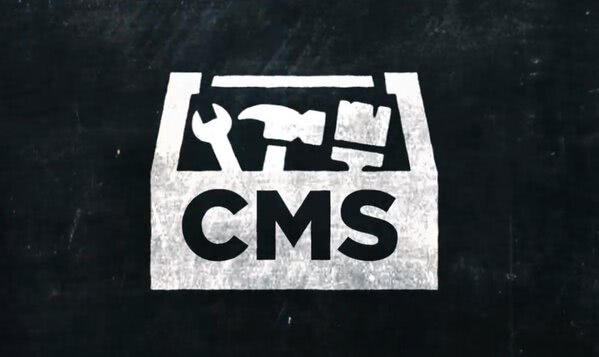How's this for a statistic? People have watched 500 million hours of video on YouTube. And that was just yesterday. Today, we'll watch 500 million more.
Our love for the moving image has never been greater.
And one of the places where it's become especially useful is in medical marketing, where videos are produced for everything from reassuring a patient about to undergo surgery to showing a physician how a drug works on a molecular level.
Here are just a few of the different kinds of medical videos.
Why is video such a popular medium for marketing, especially in the medical field? Well, for all the reasons that it's popular everywhere: It's familiar!
Cinema followed by television and video have shaped our culture over the last hundred years.
The way that images are used to convey information in these media is second nature to us, which makes it an ideal way to make complex messages accessible to a wide audience.
And video is everywhere. A rep can show it to an HCP on a tablet. It can be used in social channels. It can be used in non-personal promotion. And, of course, it can be hosted on branded and unbranded websites-just to name a few.
It's extremely versatile. For all these reasons, we love video.
But more importantly, we trust it. And nothing is more essential than trust when it comes to healthcare marketing.
Because we want to believe that an operation will take away that pain in our back. Or that a course of radiation therapy will shrink that tumor. Or that a pill will help your patient to keep what's left of their thinning hair.
An animated video that illustrates what a drug does inside the cells of our bodies, or a KOL video of a respected physician or researcher speaking directly to their colleagues is really doing the same thing.
It's helping the audience to understand something. But in all marketing, understanding is really just a step to believing and finally trusting what we've been shown.
And if those reasons aren't enough for you to believe that investing in video is a good idea, here's a pragmatic argument: Vide o embedded in a website can improve SEO, attract backlinks and increase conversion rates.
Forrester Research claims that a page with video is 53 times more likely to fall on the first page of a search engine result than on a page without.
On the other hand, are there any reasons not to invest in medical video? Well, sure.
The first is it isn't easy. Because we've all watched so much great video, especially in the last decade or so, our standards have risen to very high levels. In short, everybody's now a critic. A badly made or cheesy video will reflect poorly on the brand it's supposed to endorse.
Second, video is not cheap. And the reason it's not cheap is that it's labor intensive.
While the cost of equipment for shooting broadcast quality video has fallen to consumer levels, it still takes a lot of people many hours to make a good video.
Ever watched the credits for a big budget movie, right to the end? Well, you get my point.
So to sum up, here's a list of pros and cons. On the one hand, the reasons for including video in your medical marketing mix are that videos grab and hold people's attention. People love to share videos.
It's versatile, making it ideal for cross-channel promotion. It's easy to absorb.
Busy doctors and clinicians can watch a video while they eat lunch. It can explain difficult or sophisticated concepts and make them clear and understandable.
Videos can create lasting impressions through powerful imagery and messaging.
It improves SEO. It increases the reach and profile of digital media.
And most importantly, it engender trust. On that final point, even with today's technology, people still tend to believe in what they see.
It's been said that photography is truth, and cinema is the truth 24 times a second.
On the other hand, the case against investing in video marketing is that good video isn't easy and it isn't cheap.
The silver lining is that because good video is out of reach for some companies, if your company commits to pulling it off and pulling it off well, it should put you in a category where your brand is elevated. Which is definitely what you want.
















